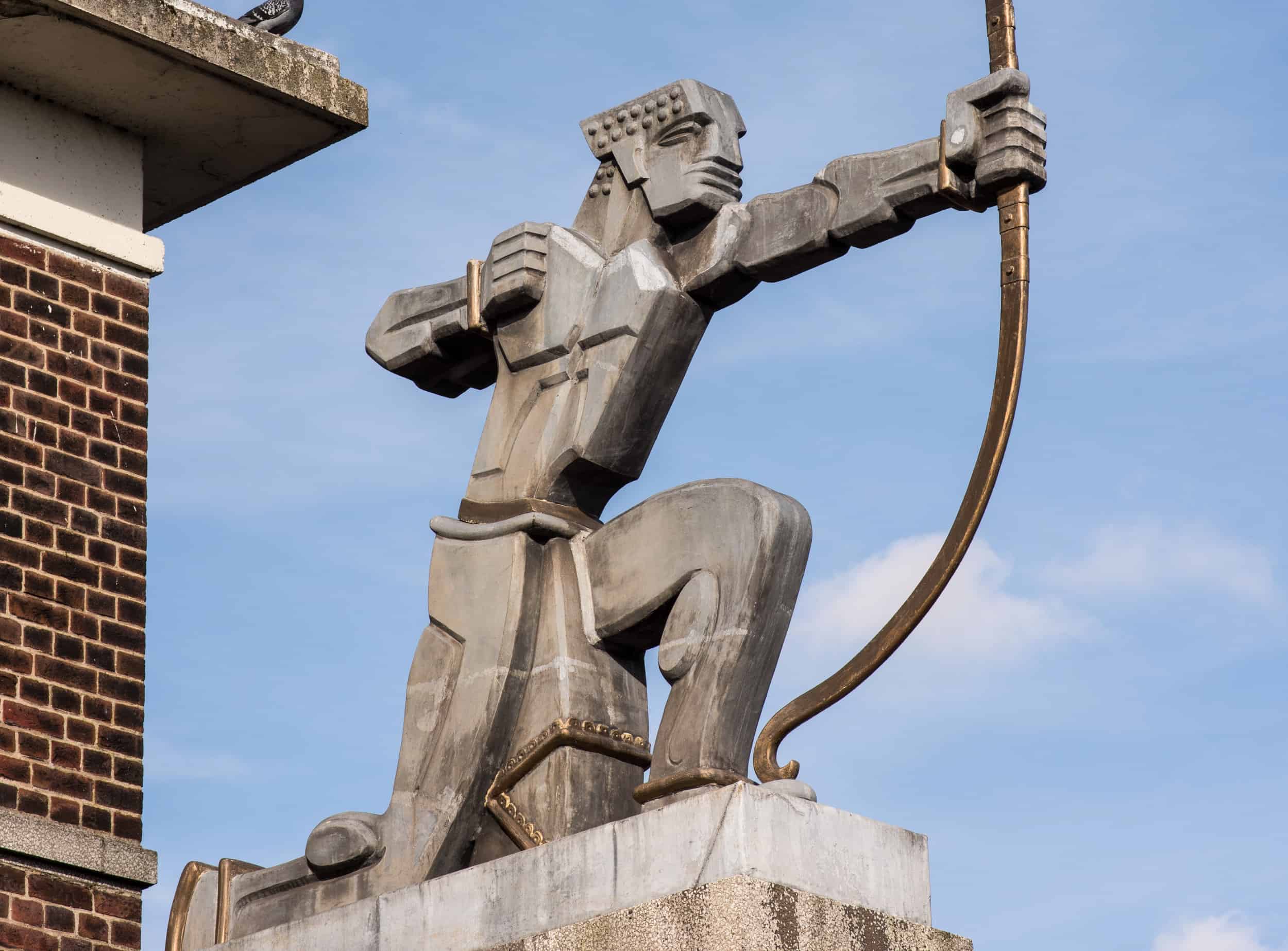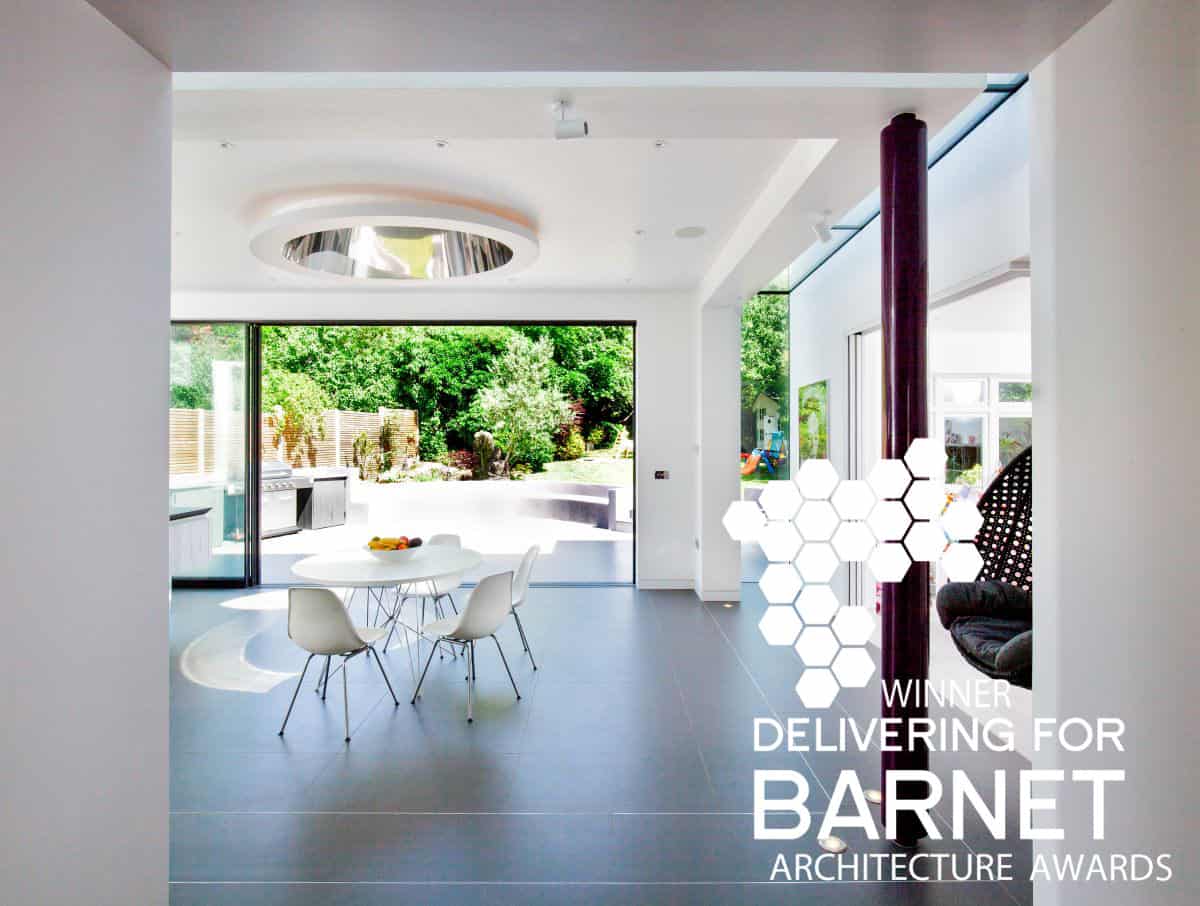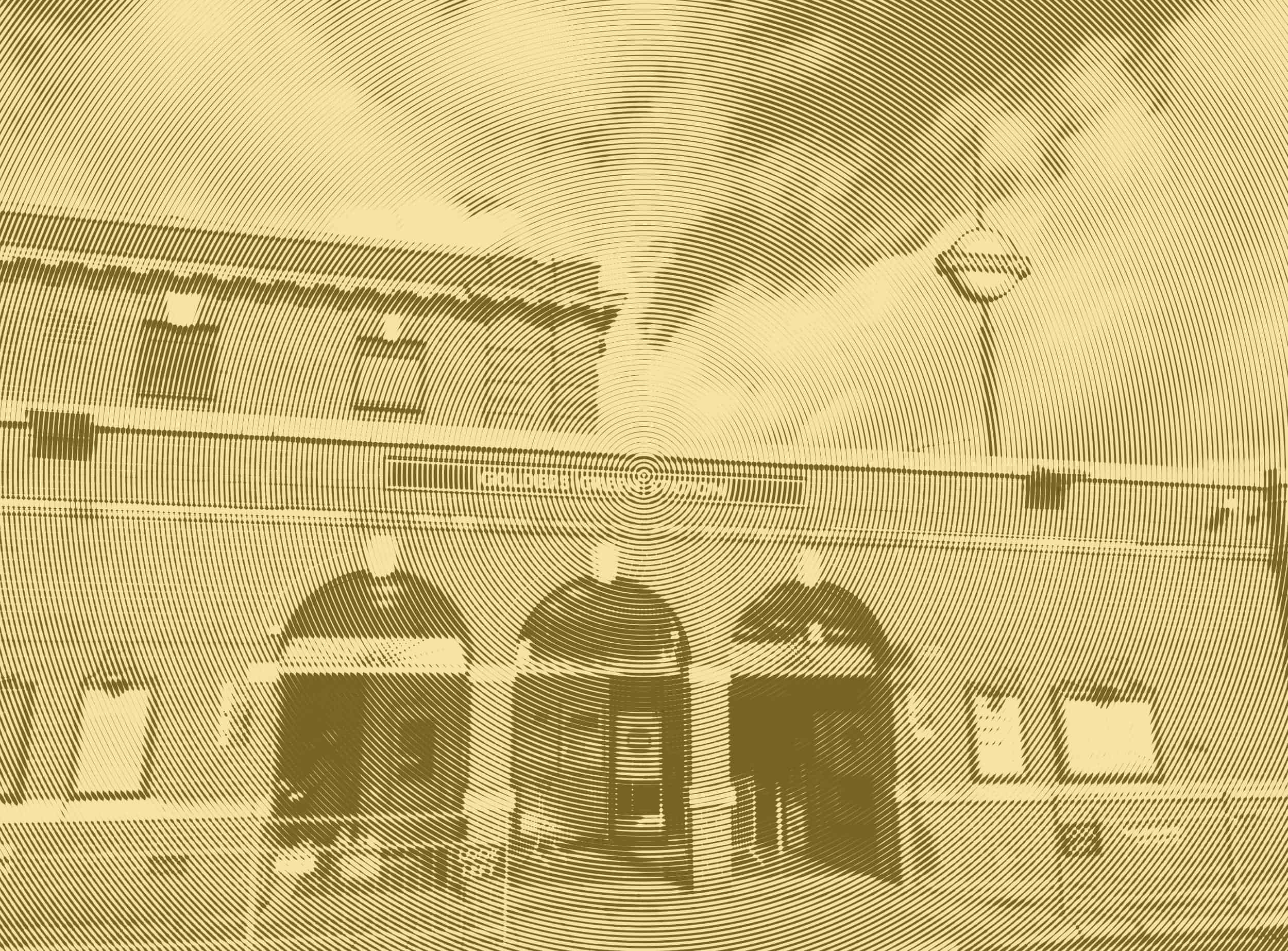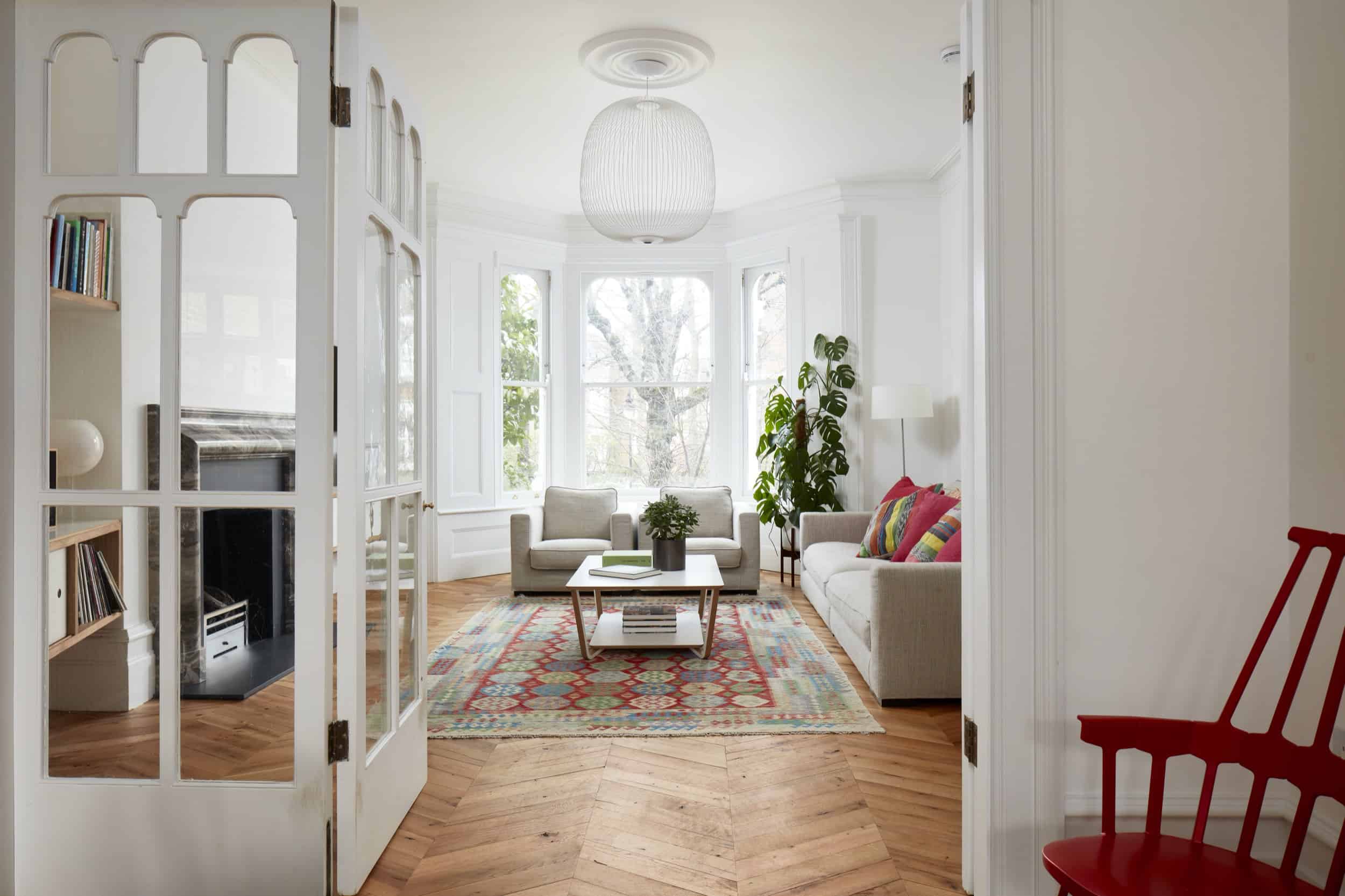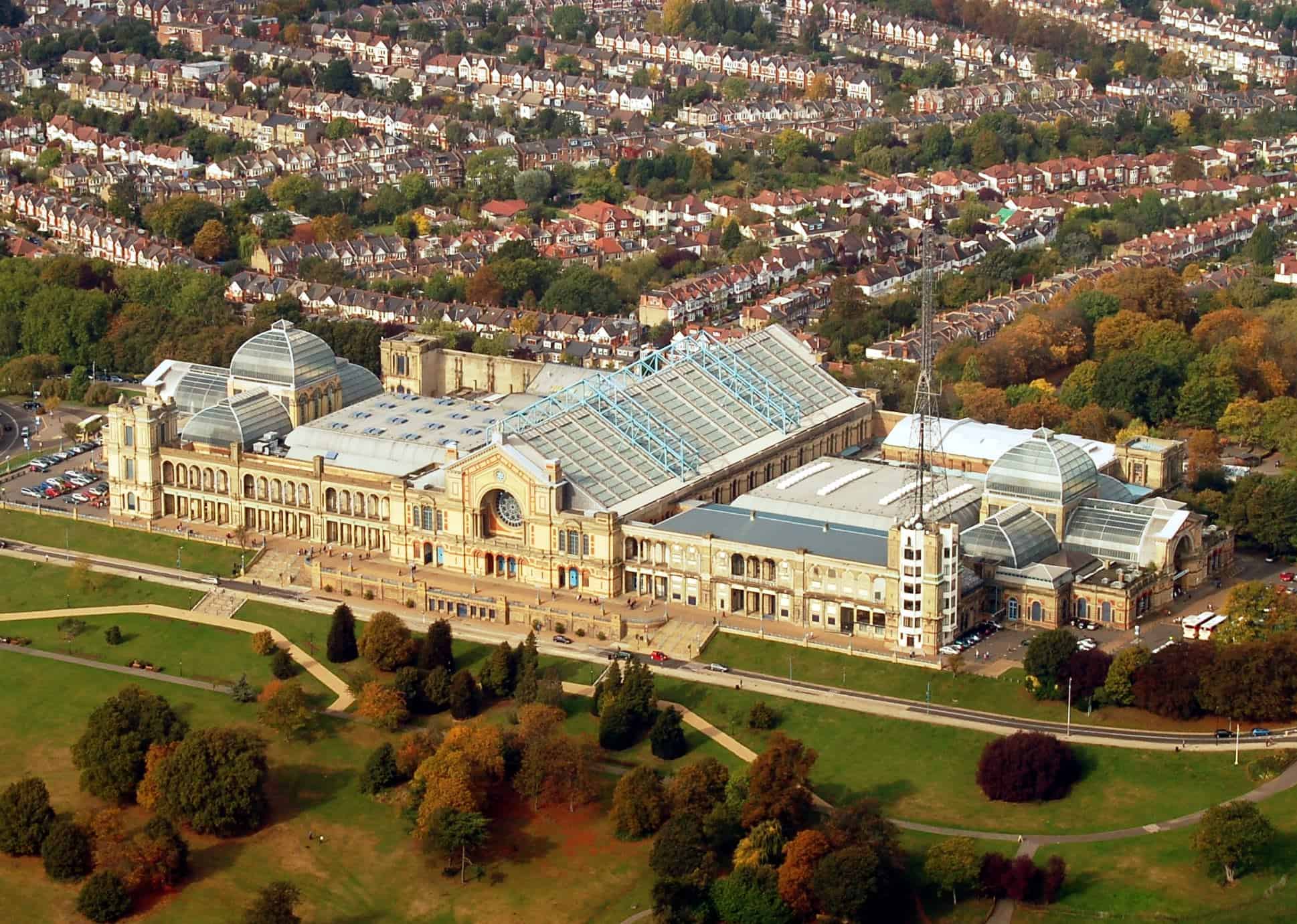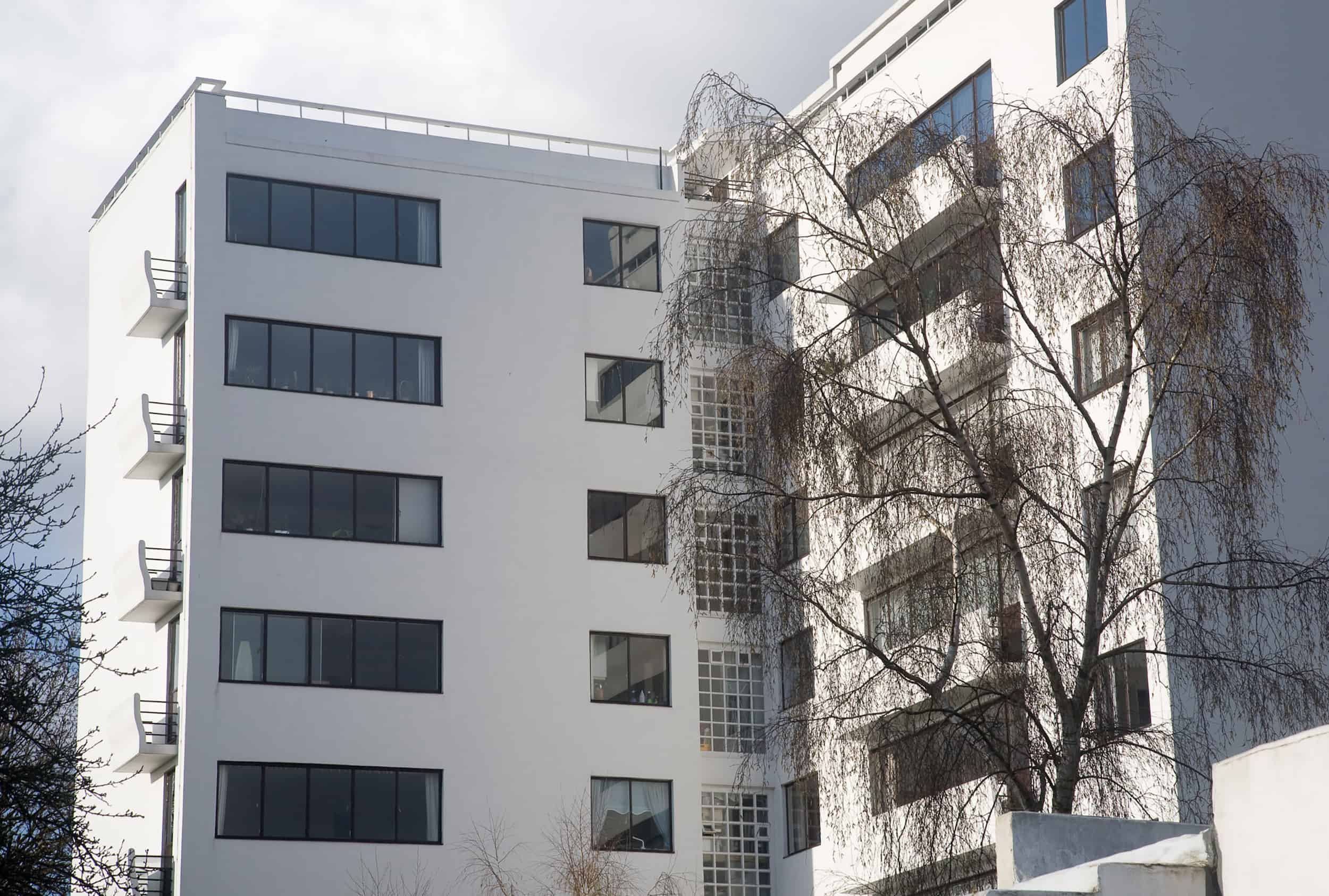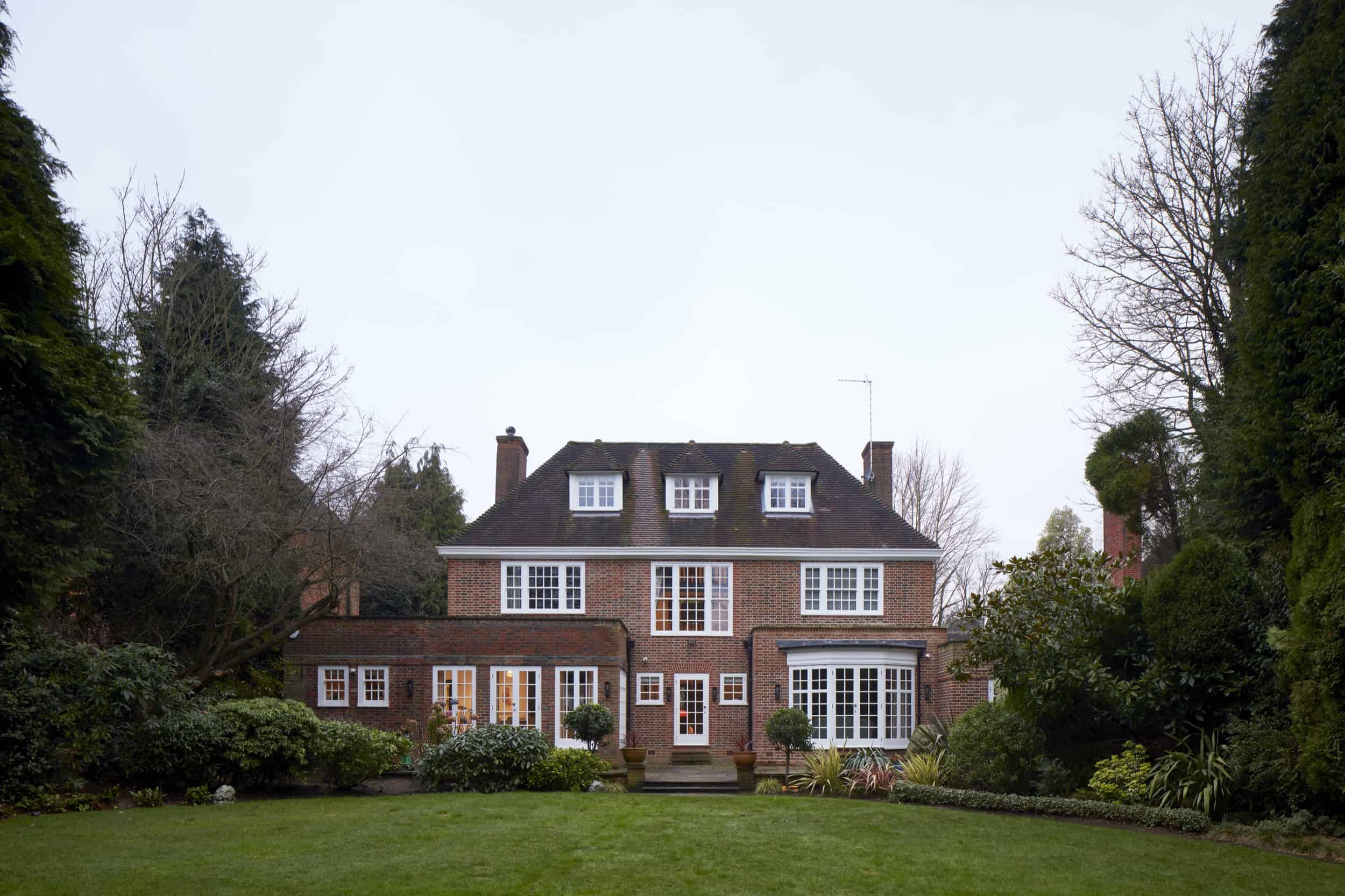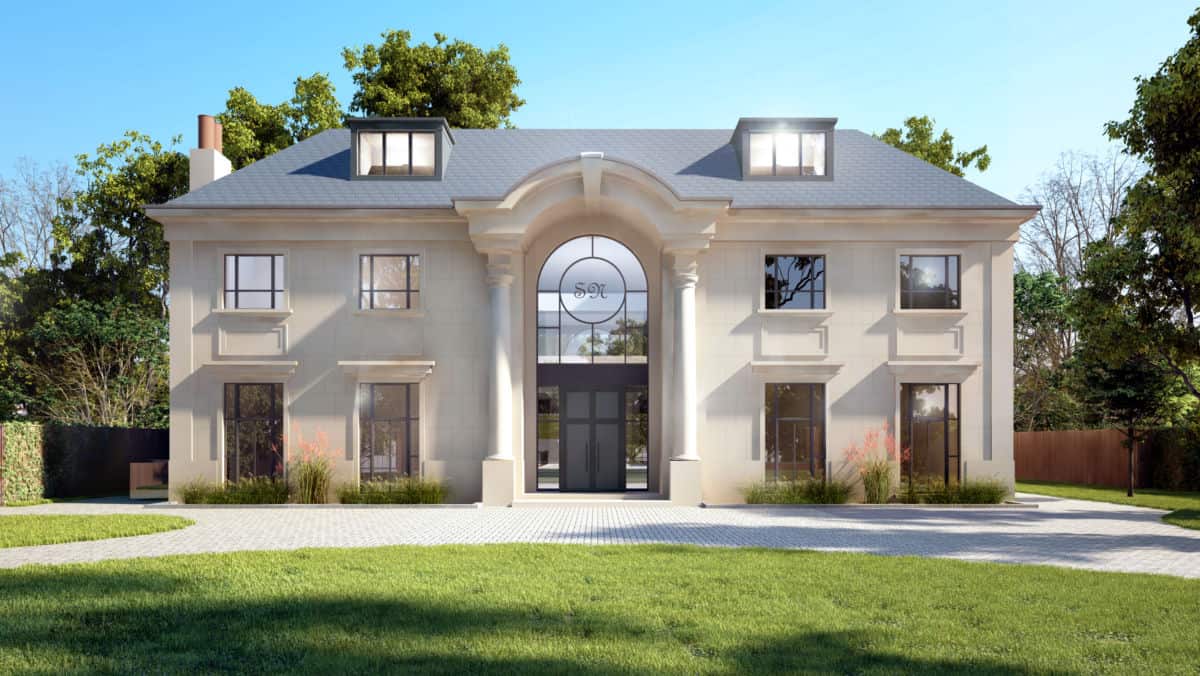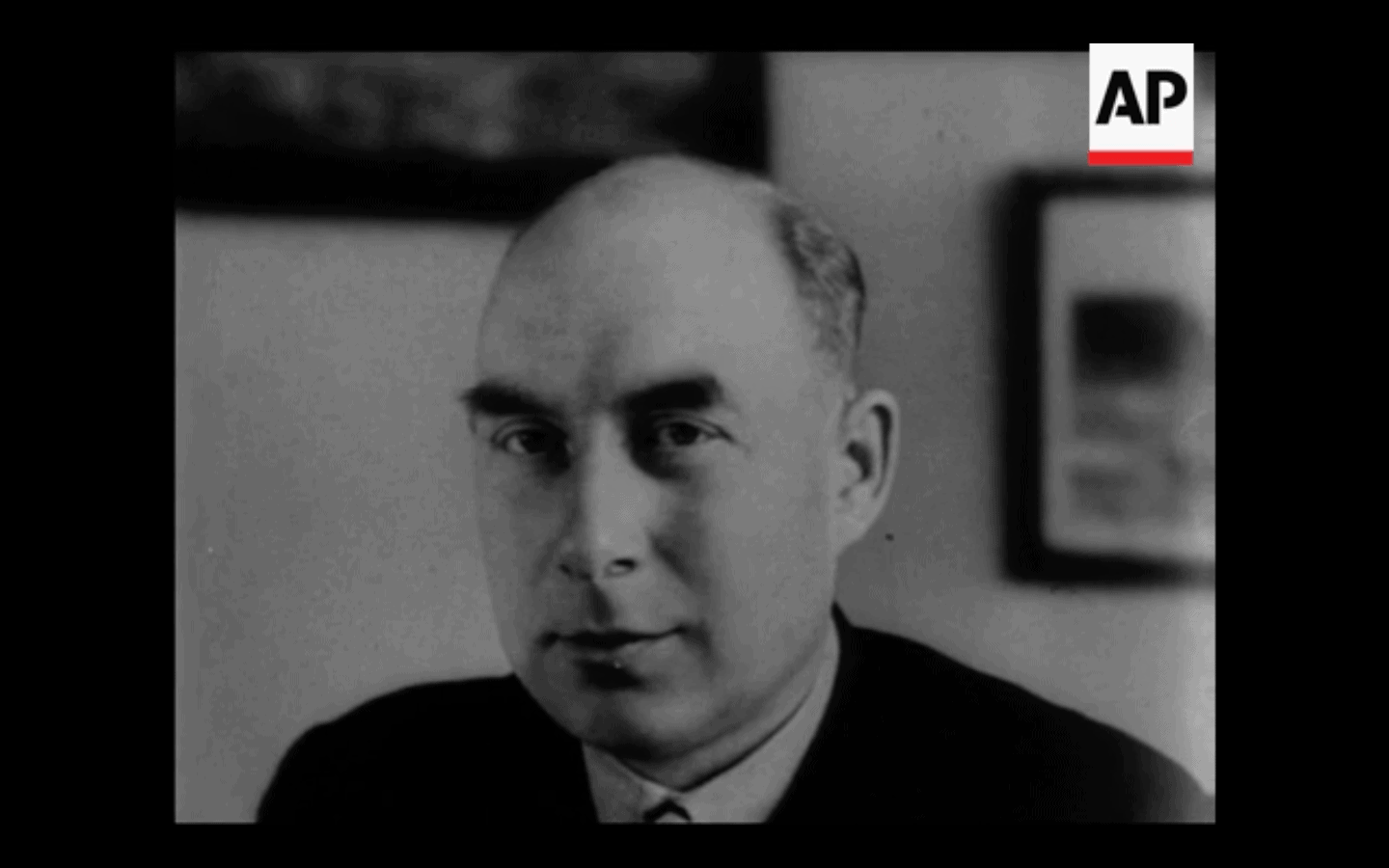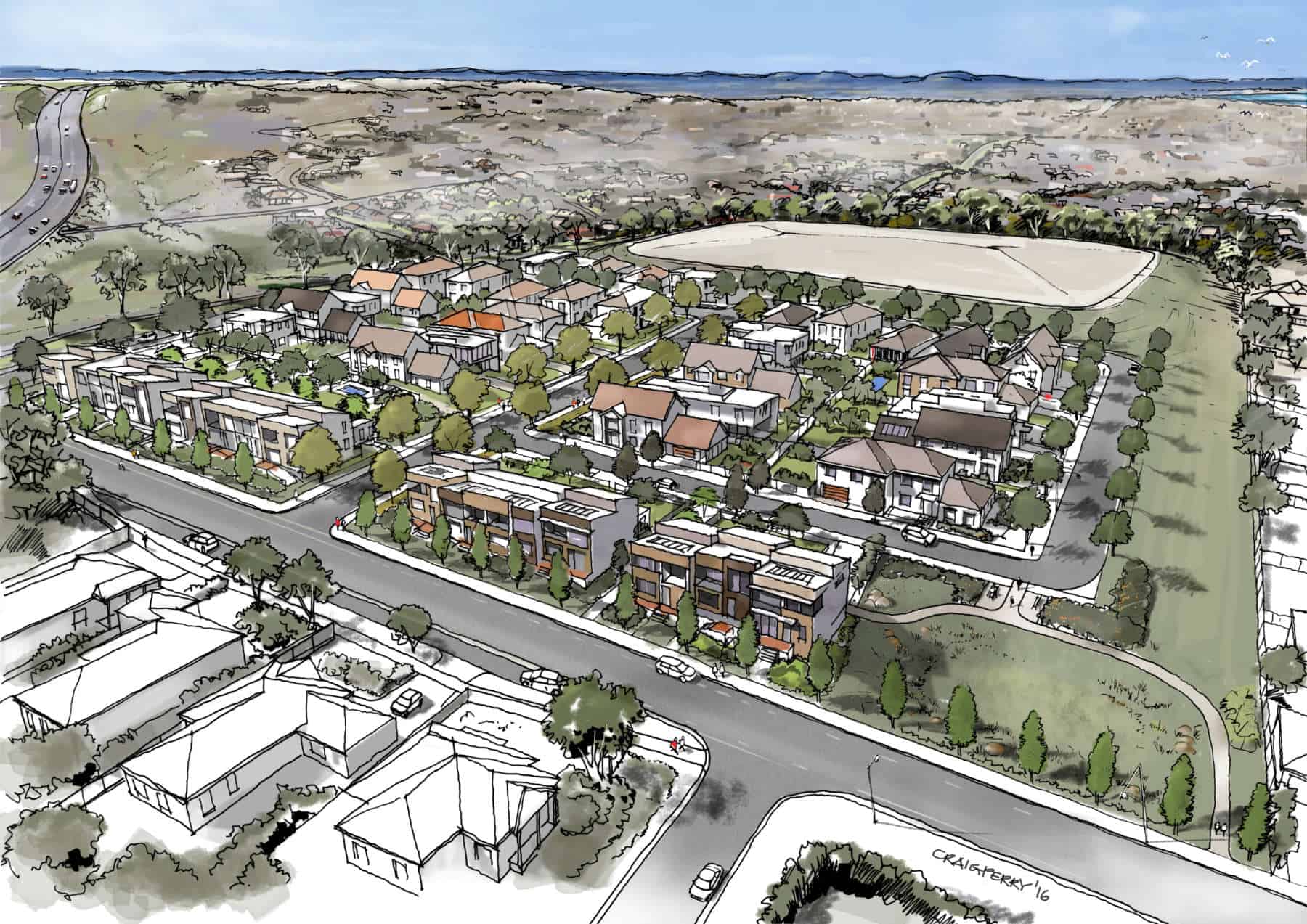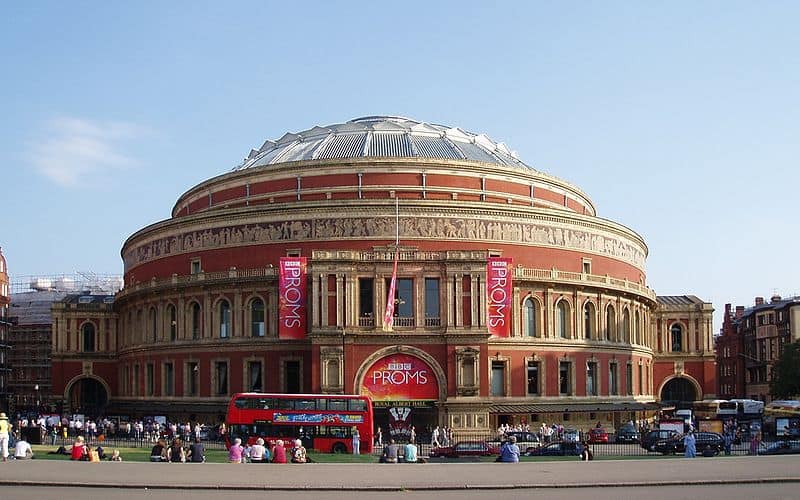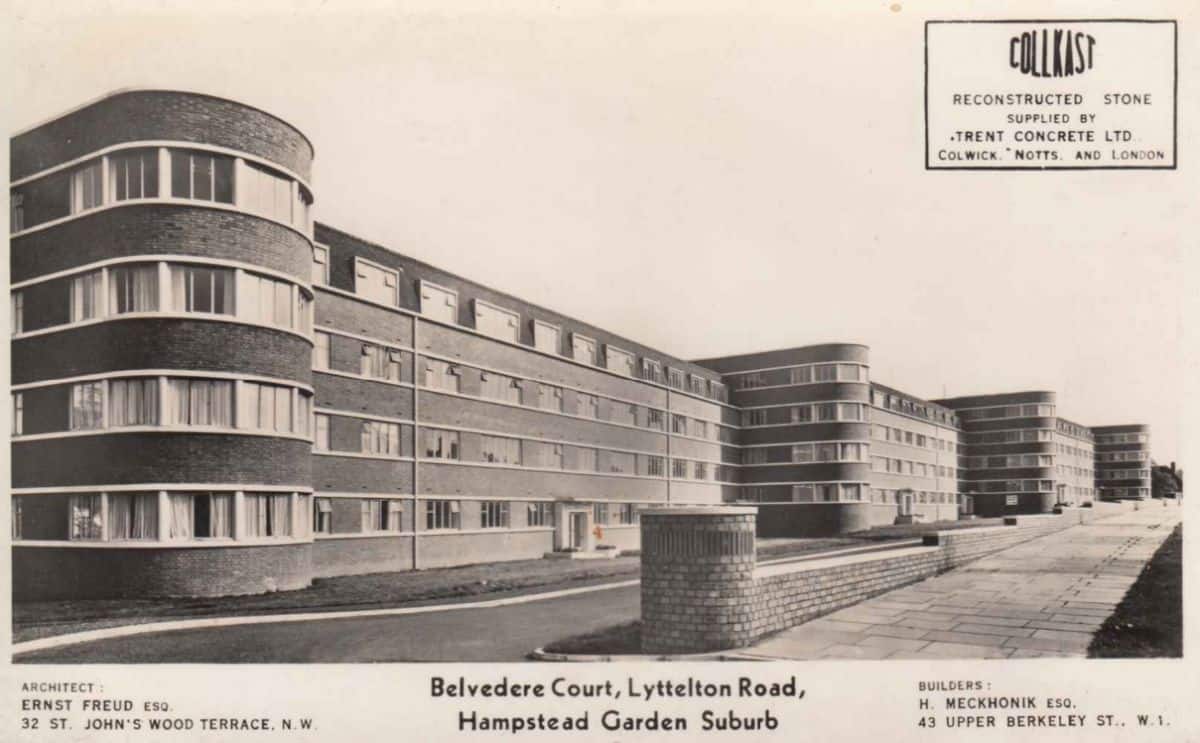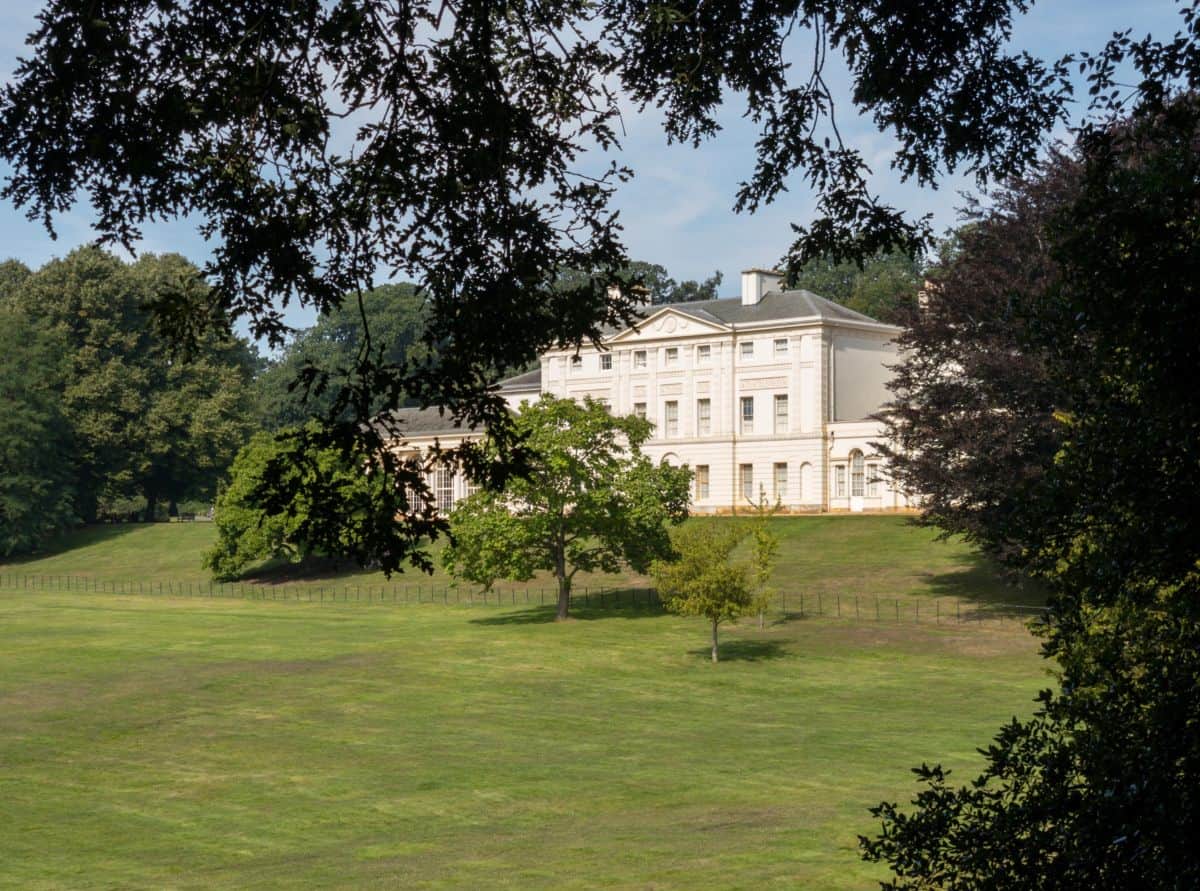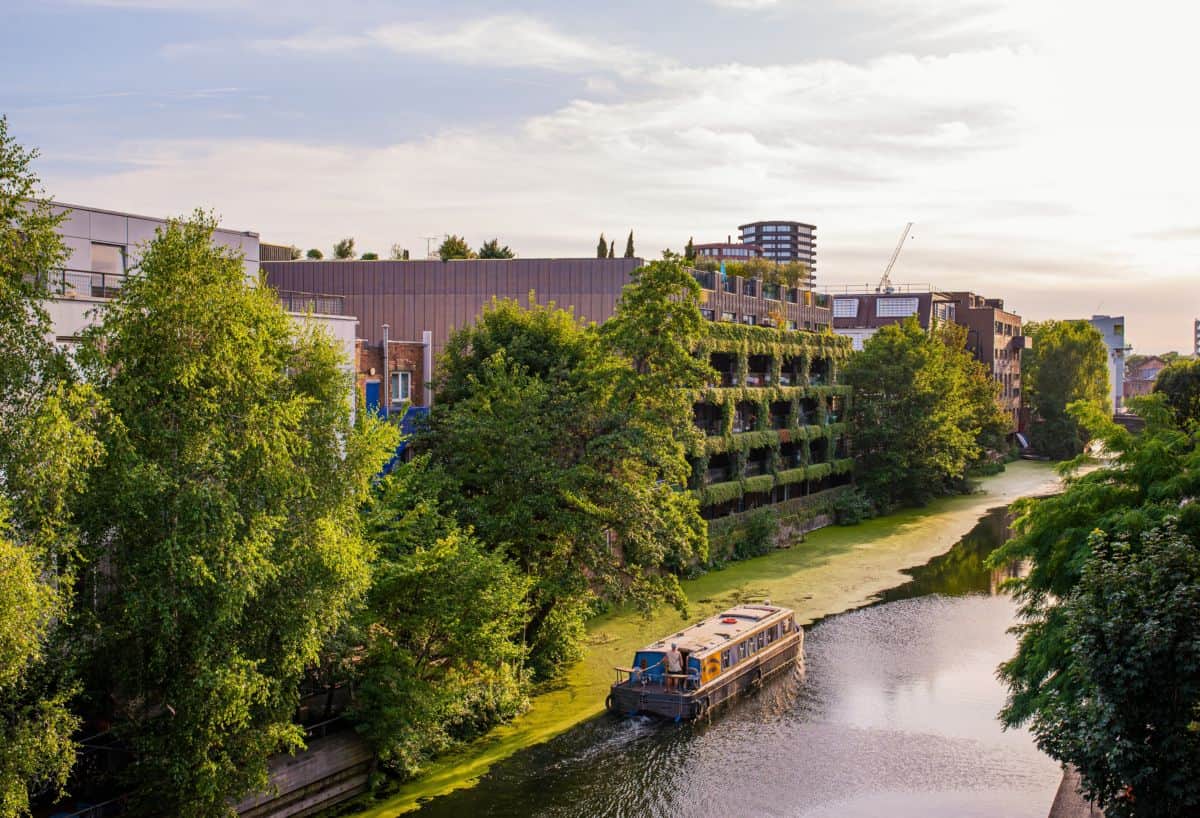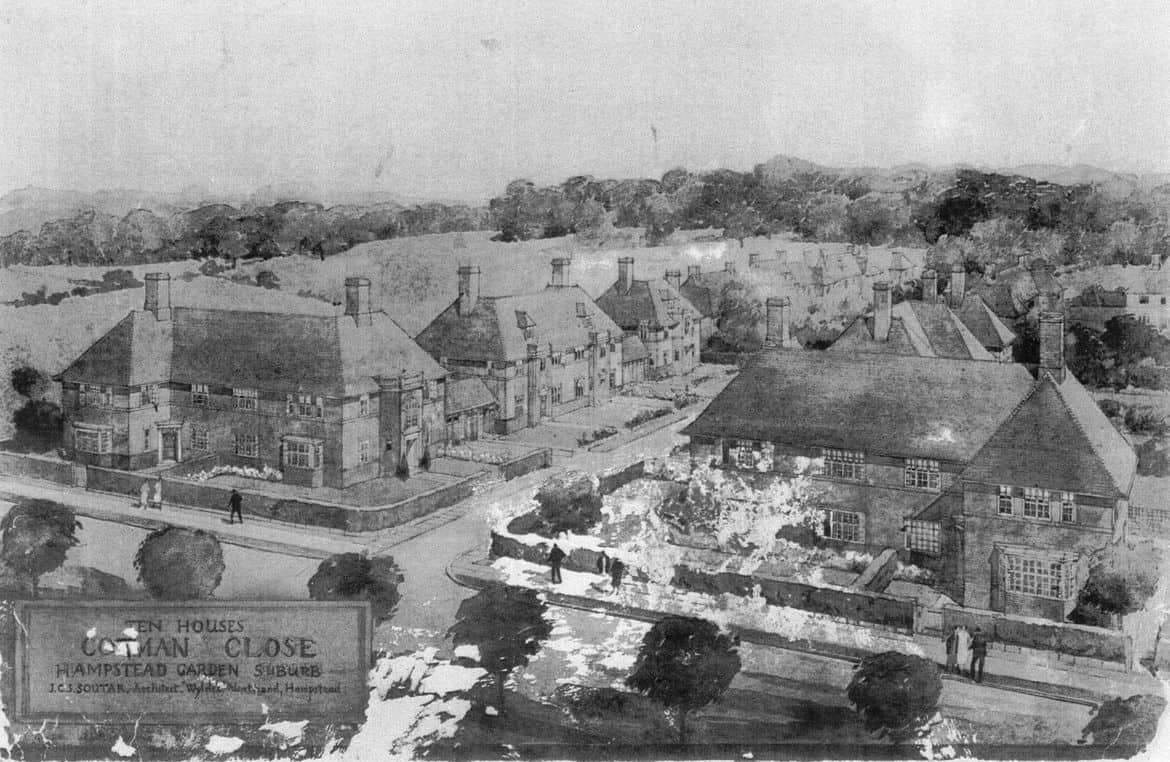A Walk through Islington
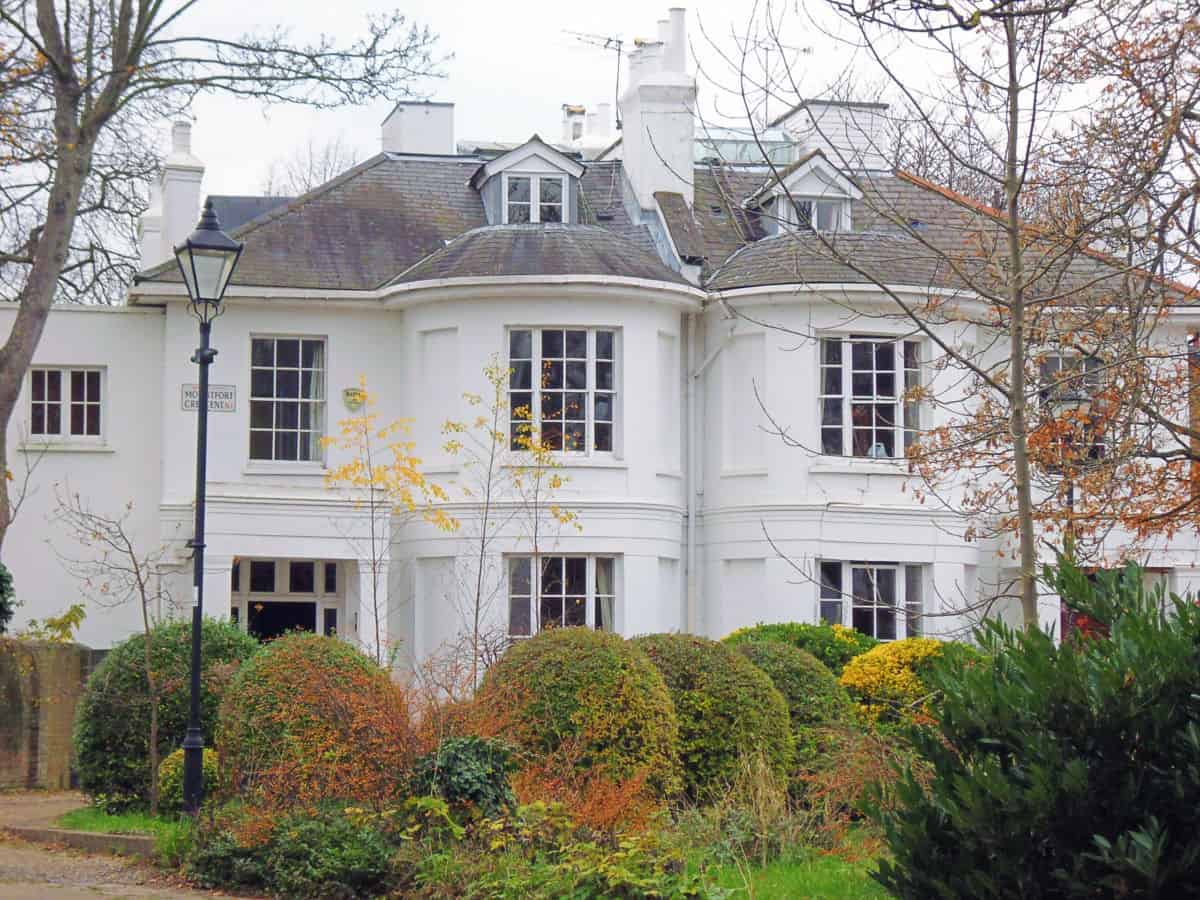
It’s true that Islington offers one of the best walks in the London area due to its beautiful architecture. From Mountfort Crescent to Angel Station and Myddelton Square, there’s natural and man-made beauty aplenty, steeped in history and culture for anyone to admire.
Still, even though there are lots of places to see and things to do, we believe there is only one place to start a walk through Islington, and that’s Mountfort Crescent.
Image courtesy British Listed Buildings
The History of Mountfort Crescent
Built in 1834-47 as part of the Bishop Estate, Mountfort Crescent was named after Mountfort House and occupied the ground of Reed Moatfield. Being a garden, there are notable trees that were maintained by the original occupants of the house that date back to 1928. Then, it was described as a “small area enclosed by light railings owned by freeholders of surrounding houses, who maintain the garden.” Now, it no longer has railings or indeed a moat (Reed Moatfield was a moated site back in 1756).
John Carr McLellan, the man who designed the grounds and who still influences architects to this day, lived at No. 3 from 1883 to 1888 and has left his mark. Today you can still see the bow-fronted villas set around a central garden.
Start your walk at Mountfort Crescent
For Londoners, it’s an escape from the daily grind of the buzz of the city. Located in the heart of Islington and attached to Barnsbury Square Garden, the area is pleasant to walk around and gives the feeling of country life without leaving the M25.
There is some stunning architecture to note, such as The Old Vicarage, a double- fronted, white stucco house originally built as a lodge for the Mountfort House estate. It evolved to become the vicarage to St. Andrew’s Church and today, paths and screens make walking around this building easy as the gardens are perfectly landscaped.
How To Get There — Head to Barnsbury Square and take the second entrance. Pass through the gate on your right-hand-side and continue to the next gate, which is just opposite the entrance. Once you are through, turn left and continue straight and you will be on Mountfort Crescent. From Culpeper Community Garden, go along Cloudesley Road until you reach the Albion Pub. Continue onto Thornhill Road until you reach Brooksby Street. Barnsbury Square is on your left. Enter by the gate and walk to the opposite end of the square.
More Places Of Note In Islington
As one of the most exclusive places to buy in London, Islington has a variety of architectural sites that are worth visiting due to their history and culture.
Myddelton Square
Named after Sir Hugh Myddelton, this square is part of the New River Estate that was laid out in the early 19th century. It was named after Sir Hugh as he is famous for building the New River, from Hertfordshire to London, in the 1600s. Although bombs hit it during the Second World War, St. Mark’s Church, which is part of the square, remained standing and has been in this position since 1827. The original had to be gutted after the north side of the square was destroyed during the raids.
How To Get There — Head towards Angel Station and turn left to walk along Upper Street. Next, cross Upper Street onto Pentonville Road and walk straight onto St John Street. Turn right into Chadwell Street and continue to Myddelton Square to reach your destination.
Percy Circus
Percy Circus was designed by the same civil engineer and architect who created Myddelton Square, William Chadwell Mylne. Unlike Myddelton, it’s polygonal in shape and is different from most landmarks in the area. The fact it’s built on a steep slope also makes it stand out compared to its contemporaries. It is home to mature trees like other parts in Islington, but the fact it has kept its original railings is another architecturally interesting thing to note about Percy Circus.
How To Get There — At Claremont Square, go to the other side of the square and cross Amwell Street. From there, continue straight ahead into Cruickshank Street and follow the road as it bears left. To make sure you are on the right route, look to your right for Bevin Court. It was built in the 1950s by Skinner, Bailey & Lubetkin and is easy to spot because it’s on the Holford Square site that was bombed.
New River Head
The New River Head was built between 1609 and 1613, and still is today, an incredibly important part of London. Built by Sir Hugh Myddelton, the New River was an aqueduct that was the main source of freshwater into the city. The New River Head is the house that controlled the water supply to the surrounding houses via the Round Pond. Natural springs were also built on it as a means to supplement the water supply and make money in the form of commercial spas with medicinal and healing properties.
The water house changed to become home to the Metropolitan Water Board, the body that combined the private water suppliers under one regulator. The Board was abolished in the 70s and made way for Thames Water, and the building remains thanks to its listed status. The Grade II building is now owned and operated in private for residential use.
How To Get There — Leave Wilmington Square Gardens, head to Hardwick Street. On the junction with Rosebery Avenue, you’ll find the garden of the New River Head.


